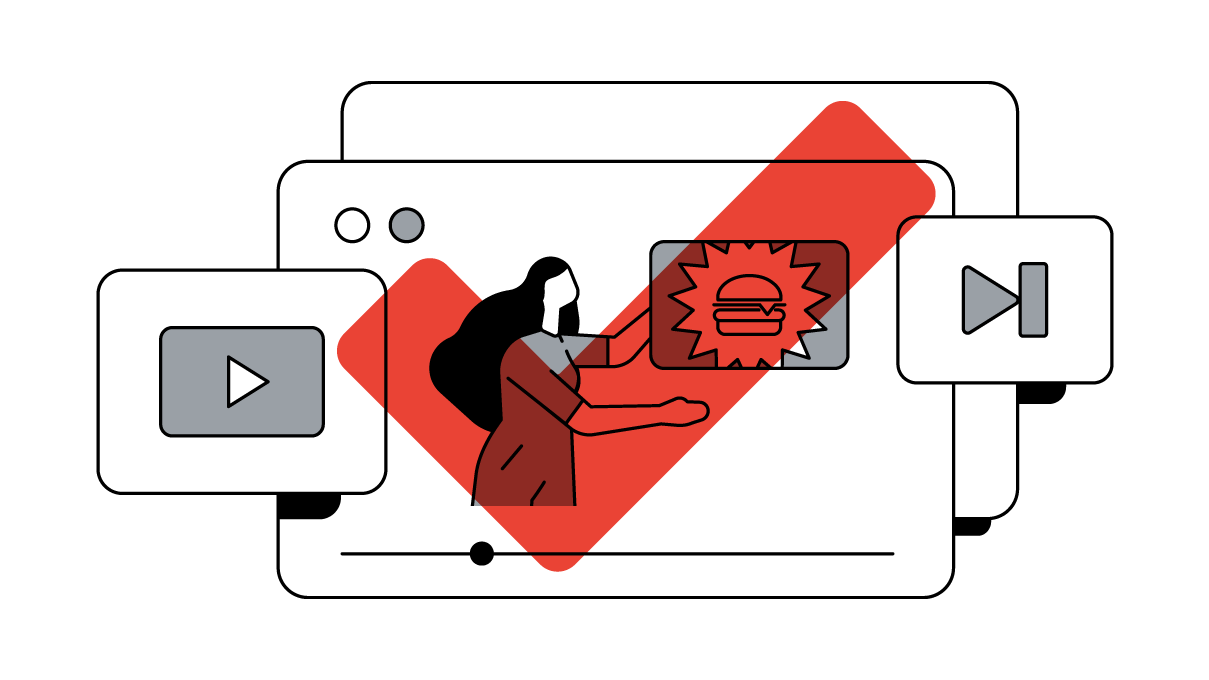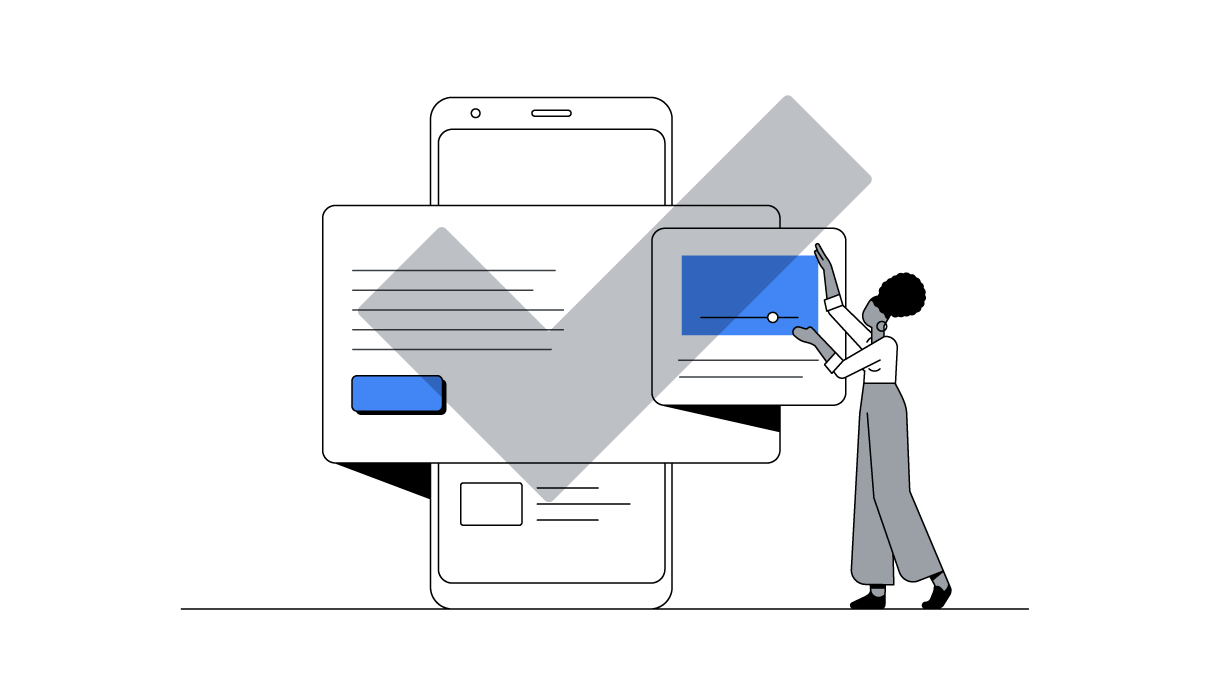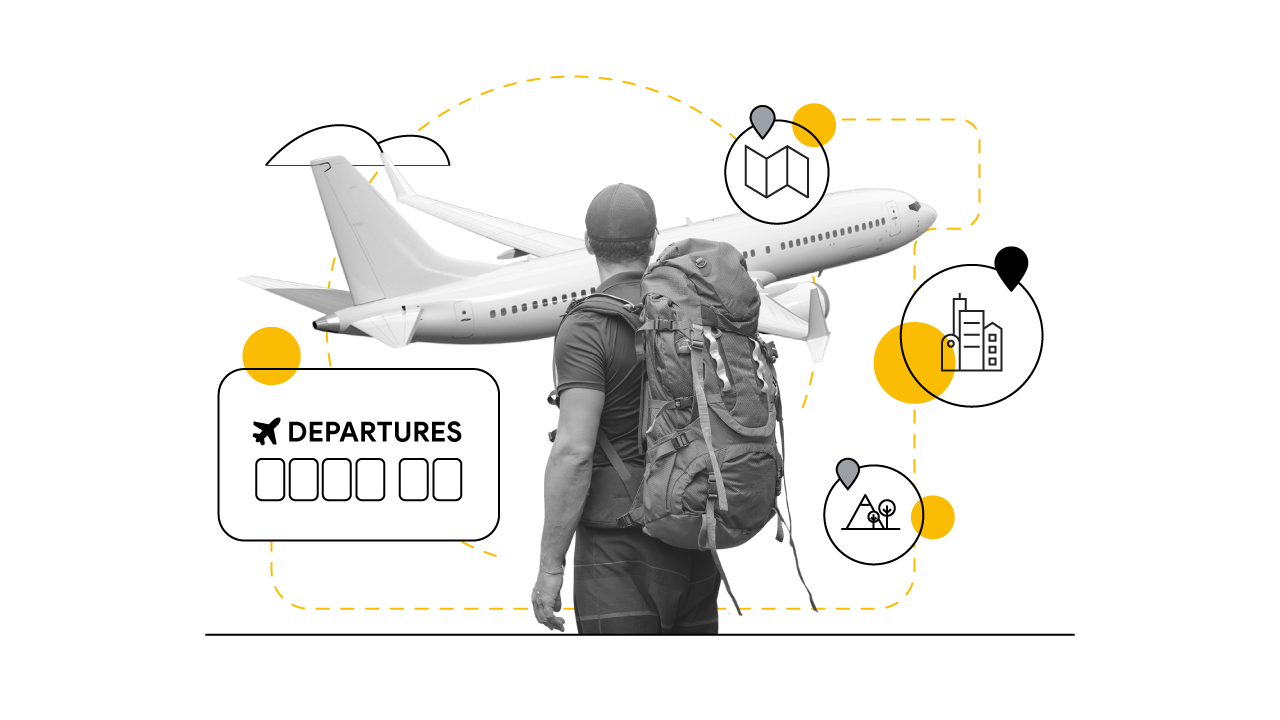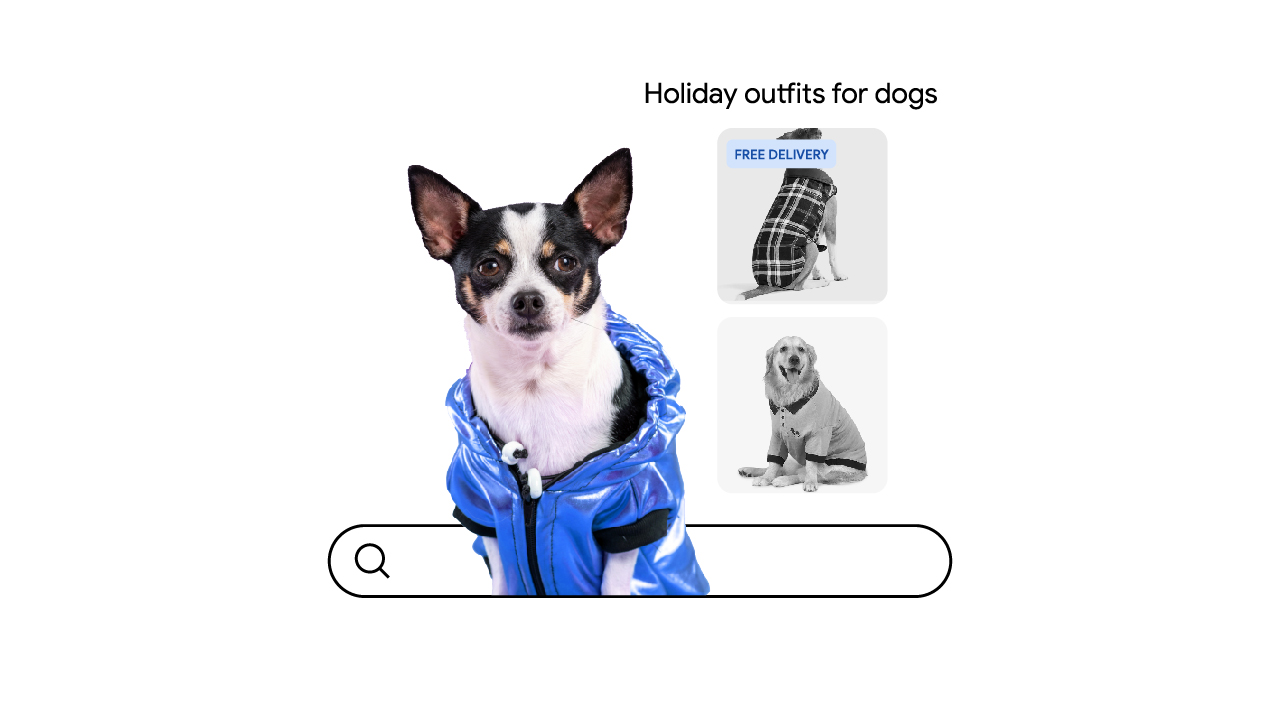Meet the Makers: WPP Black Ops & SK-II — ‘Vs.’ series
Guests
Brand
Published
November 2021Share this page
Meet the Makers: WPP Black Ops & SK-II — ‘Vs.’ series
November 2021How SK-II drove over 1 billion views to their first Olympic Games brand campaign
As brands continue to make it their mission to embed themselves into culture, one of the biggest hurdles they face is cultivating permission to be heard. This challenge is magnified when attempting to tap into events as large and culturally important as the Olympic Games.
In this episode, YoeGin Chang and Delphine Buttin, brand directors at SK-II, unpack how they collaborated with Nihar Das, founder of WPP Black Ops, and Siddika Dehlvi, global business lead at WPP Black Ops, to carve out SK-II’s place as an Olympic Games partner, bringing the stories of some of the world’s top athletes together in an anthology and launching them, not as an ad campaign, but as a film premiere on YouTube. Here are some of the lessons they learned along the way.
1. Put the right people in the room
Ask any creative person what they love about their job, and one of the top answers will be: Every brief is different. And if every brief is different, agencies need a diverse pool of talent to tackle each one. That’s the philosophy behind WPP’s Black Ops, an initiative designed to tackle multidisciplinary creative challenges.
“We handpicked people from different disciplines and companies inside WPP,” Das explains. “We put together a team to solve a problem and, once we solve it, we dismantle the team and move on to the next problem.”
To rise to the challenge of SK-II’s Olympic opportunity, WPP Black Ops knew it would need a broad skill set. Forming a team specifically for the brief meant catering to all the campaign’s requirements without the constraints of a traditional agency model.
2. The best stories to tell already exist
Having your talent secured is a great starting point, but deciding what to do with it can be one of the most daunting parts of the creative process. But WPP Black Ops found inspiration in the life stories of its talent.
“Each of them had a beautiful back story,” explains Dehlvi. “It wasn’t a story we crafted and took to the athletes. It’s a real human story we discovered in each athlete’s life.” adds Das.
Extracting the narrative from the character instead of the other way around proved to be more beneficial as a concept, and also created a more authentic connection with audiences, as each story was based in a human truth.
3. Create where culture is happening
The challenge when attempting to create cultural impact is that no idea can be strong enough based on its message alone; it needs to be scaled to large audiences to realize real impact.
When defining the criteria for where each idea should come to life, Das explains, “We needed democratic access, binge viewing ... and the fact we wanted to take it to billions of people made YouTube the single choice.”
To play a role in a monumental event like the Olympic Games, SK-II knew it needed the right platform, where its audience was actively consuming content. YouTube not only delivered scale, but it became the glue that combined branded content, the Olympic Games, and the audience all in one place.
Having something to say and saying it loud enough will always be a challenge when it comes to sponsorship of global events. But as SK-II and WPP Black Ops discovered, if you base your stories in human truth and give those stories a world stage, the creative impact may just #ChangeDestiny.
Explore more of the most relevant, talked about, and iconic YouTube campaigns globally Meet the Makers.
YoeGin Chang: You know, a lot of the ideas were even starting off like “What's the most ridiculous thing that a skin care brand could do?”
Delphine Buttin: As a brand, you’re always trying to look for a platform to make your messages relevant. Olympic is a huge global platform that we thought then would be the right medium for us. Just like Olympic is a platform, you also need an actual media platform to reach as many consumers as possible. And definitely YouTube was that for us. But we knew it was going to be a difficult ride. How are we going to be able to even be present? We’re like this skin care, female brand, no association to the sports. And actually, if you look at the campaign, it has nothing to do with sport. And, actually, it was not even the brief.
We realized there is a lot of pressures, expectations, rules that the society puts on us and that can stop you from becoming the best version of yourself. At SK-II, we decided that we wanted to make a stand and to talk about those pressures. And so we've called this platform Change Destiny. We knew we wanted to do something big and something daring. We were working with WPP on other aspects for media with their Mediacom team, and we reached out to them, because they had an interesting structure, WPP Black Ops, and we briefed them out and the campaign came to life.
Nihar Das: Once we came into this project we realized we are dealing with a triangle of immixability: SK-II, the younger audience, and Olympics. So the challenge for us was to bring these three immixable elements together through the campaign. So we handpicked people from different disciplines and companies inside of WPP, but not limiting ourselves to the bounds of WPP: creative technologist, out-and-out creatives, social anthropologist. That's the definition of what Black Ops is. It's always formed against a specific challenge, a bold problem. And when we put together a specific handpicked team to solve it. Once we solve it, we dismantle the team and move on to the next problem.
Siddika Dehlvi: When we started this journey, we already had the seven athletes, but each of them had a beautiful backstory.
Buttin: We talked to many athletes. We were looking for those athletes that were going to be able to talk about what they were going through.
Chang: First off, we have Simone Biles, and she fights against her trolls. We have Liu Xiang, who fights obsession. Ishikawa Kasumi-san fights expectations, Ayaka Takahashi and Misaki Matsutomo, they fight what we call the machines. Mahina Maeda fights beauty expectation. Takamatsu fights against a lot of physical elements.
Das: It wasn't a story that we crafted and took to the athletes. It's a real human story we discovered in each athlete’s life. So she wasn't acting into it. She was enacting her own life.
Dehlvi: We don't want to produce another ad campaign. We wanted to create a cultural impact.
Chang: The way we launched this “Vs.” series was not as an advertisement, but more as films.
Dehlvi: We decided that we are going to turn SK-II into a content studio, and we created SK-II Studio and produced their first ever anthology series. We knew that the real impact would come when people see it all together, right? And I think that was made possible, because we had YouTube as a platform.
Das: Once we had a clear vision of what the anthology series would look like, the question of platform become very, very crucial for us. The ideas have become so big and so universal that we had to look at billions of people. That wouldn't have been possible with any of these paid platforms. Democratic access, binge-viewing without having to pay anything, and the fact that we wanted to take it to billions of people made YouTube the single choice.
Dehlvi: I mean, we've crossed 1 billion views, but, I think beyond views, what was more important is the kind of positive sentiment around the campaign. What we're really proud of is the small dent in the culture that we were able to make in terms of expectations around women.
Chang: For the campaign and the platform Change Destiny, this is something that we are going to stand by in the the foreseeable future.
Buttin: I'm glad to be working for a brand that is dedicating a team and an amount of money that will enable to spark conversation on important topics.
Dehlvi: We will sometimes succeed. We will sometimes fail, and that's okay as long as we keep going and keep trying. I think that's the most important.
Others are viewing
Marketers who view this are also viewing
-
Case Study
![]() Case Study
Case StudyExperiment: How Aritaum lifted conversions with Smart Shopping campaigns
-
Tutorial
![]() Tutorial
TutorialGet your brand noticed with the ABCDs for Awareness
-
Article
![]() Article
ArticleScrap these 5 creative assumptions for better YouTube ads
-
Presentation
![]() Presentation
PresentationBuild better creative for your performance marketing
-
Article
![]() Article
ArticleDestination unknown: Travellers are prone to change their minds and this can benefit brands
-
Article
![]() Article
ArticleHow people decide what to buy lies in the ‘messy middle’ of the purchase journey
-
Article
![]() Article
ArticleLost and found: How 3 travel brands grew bookings with AI-driven marketing
-
Article
![]() Article
ArticleReady, set, sell: How to win the marathon of peak shopping moments and sustain profits








